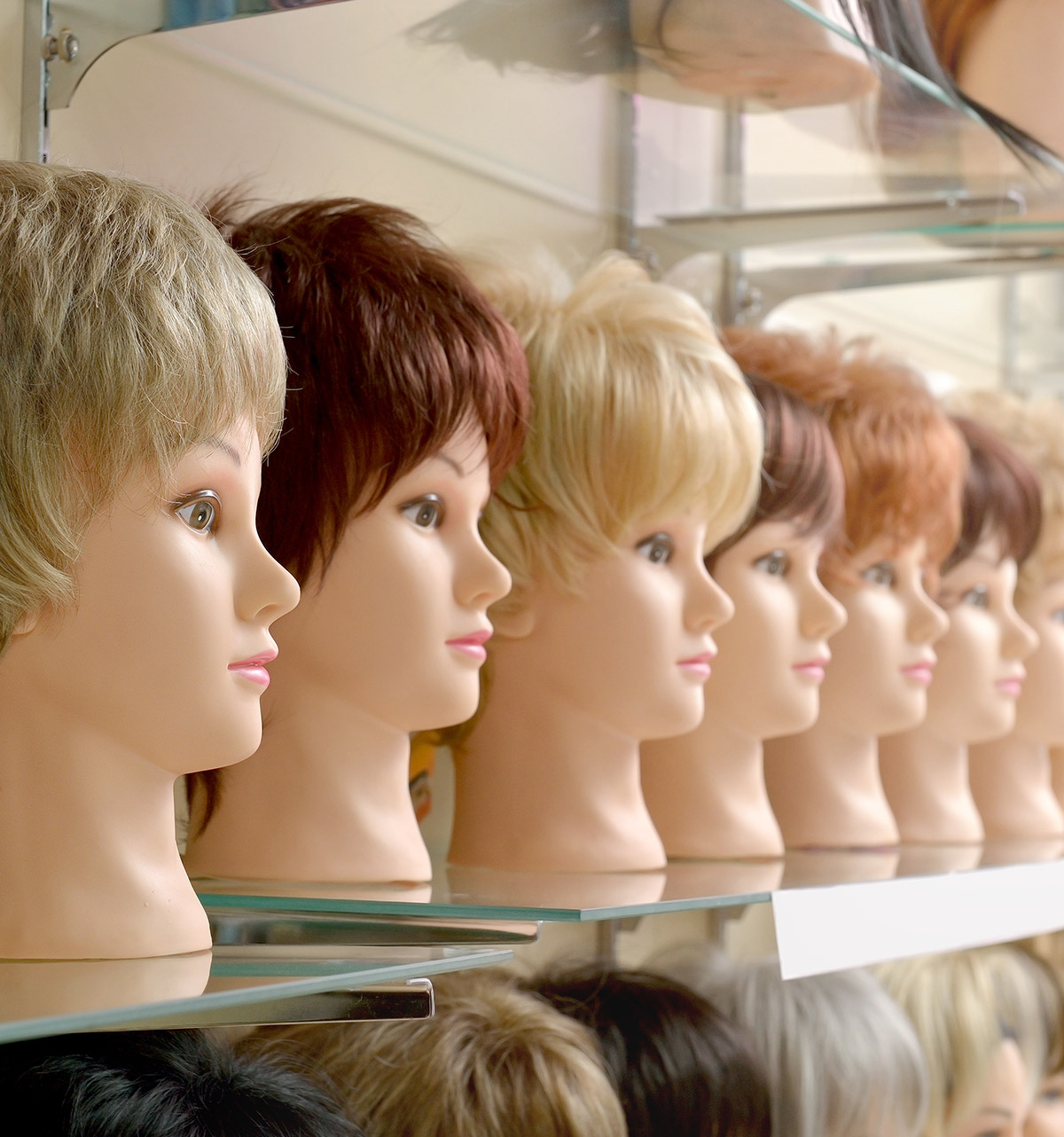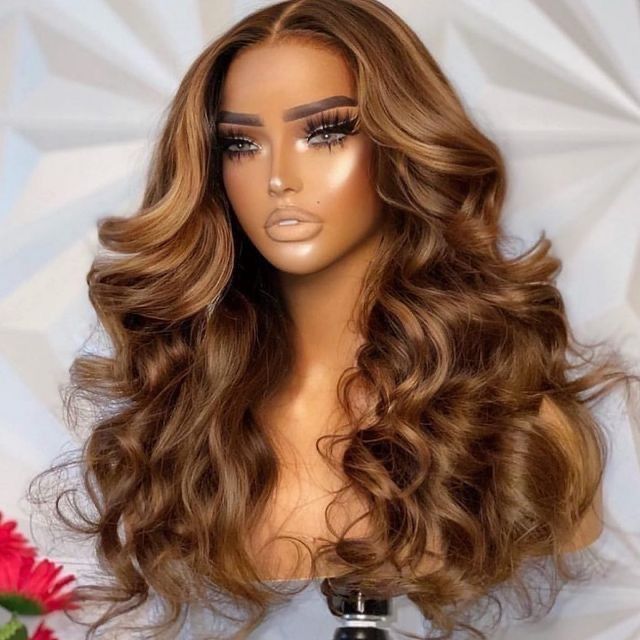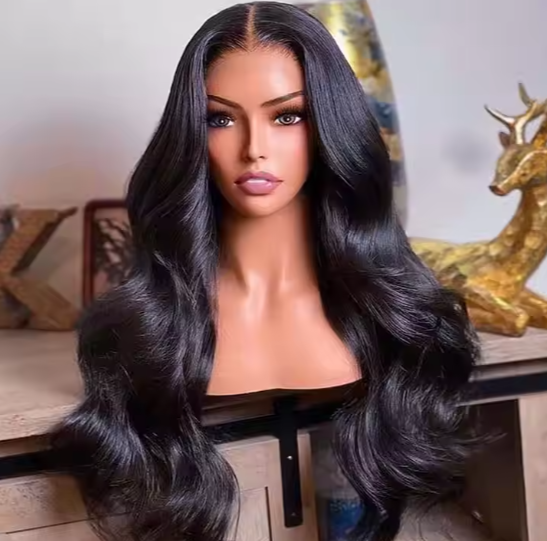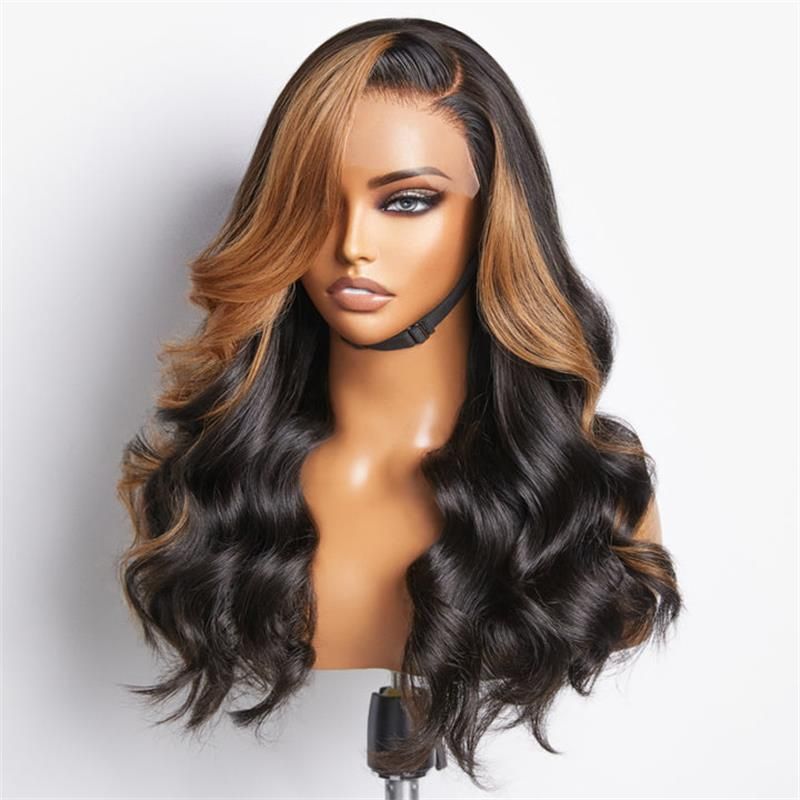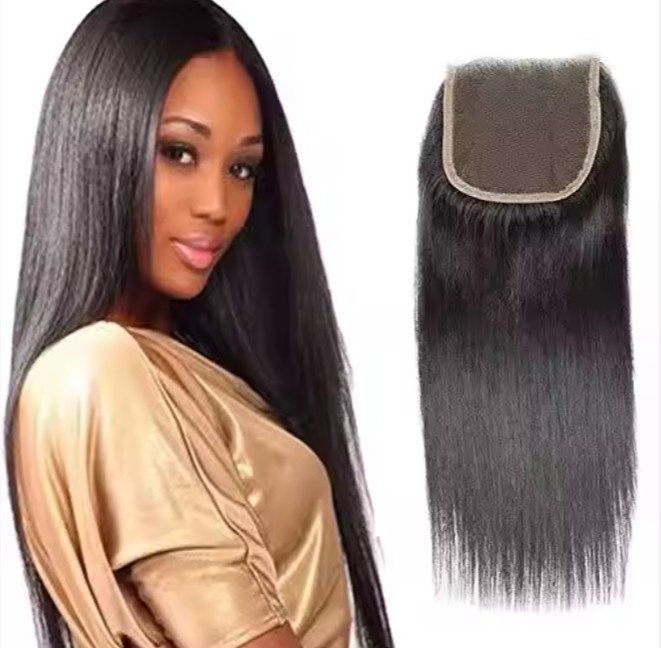How to Evaluate Grey Human Hair Wig Suppliers for Your Business
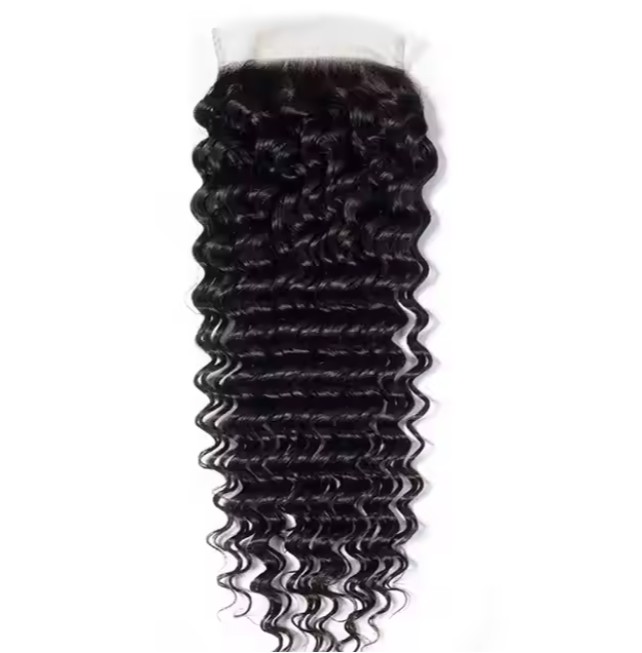
Share
If you’re a U.S. B2B buyer, the fastest way to nail How to Evaluate Grey Human Hair Wig Suppliers for Your Business is to score each factory on five things: hair authenticity and sanitation, grey tone reproducibility, construction durability, operational reliability (MOQ/lead-time/OTIF), and compliance plus brand fit. Start with samples and data, not brochures, and pressure-test consistency before price. If you need a vendor shortlist or sample plan tailored to your SKU map and timelines, share your spec, target MOQs, and delivery window and I’ll draft a side-by-side evaluation worksheet and outreach email you can use this week.
{Production floor walk-through with shade-matching booth; ALT: How to Evaluate Grey Human Hair Wig Suppliers for Your Business factory audit and color QC}
Sourcing criteria for grey human hair wig suppliers in the USA B2B context
For grey human hair wig suppliers, authenticity and hygiene come first. Confirm that the “human hair” claim is real, with cuticle-intact Remy options if your line needs premium performance, and ask for sterilization and decontamination protocols. Grey shades are uniquely unforgiving: natural greys vary, and dyed greys can skew green, blue, or yellow under different light. Require spectral color data (D65) and a delta E threshold for each shade, along with colorfastness results to washing and UV.
Construction quality is your next leverage point. Inspect cap materials (lace type, density, breathability), weft tension, knotting technique, and a minimum acceptable hair pull test result. For salons and retailers, comfort and long-wear stability matter as much as first impression, so specify lace softness in denier and preferred knot-bleaching technique. On the business side, press for transparent MOQs by shade and length, batch-based lead times, and on-time-in-full track record over the last three months. U.S. buyers should also request country-of-origin marking details, chemical safety documentation for dyes, and any third-party test reports your channel partners require (for example, flammability testing policies or California Prop 65 statements).
{Close-up of grey human hair wig strands under daylight and warm light; ALT: How to Evaluate Grey Human Hair Wig Suppliers for Your Business color consistency test}
Verification steps to vet grey human hair wig suppliers
Begin with a small, structured sample order across your priority shades and lengths. Score each sample on shade match (under daylight and warm retail lighting), tip-to-root alignment, shedding after combing, and lace comfort on skin. Run a simple wash and heat style cycle to see how the grey tones shift and whether the fiber dries evenly without frizzing. If you plan to bleach knots or recolor roots, test on samples now; suppliers who welcome destructive testing typically trust their upstream processes.
Move quickly to process checks. Ask for unedited factory footage of fiber sorting, dyeing/toning, ventilation, and final QC. A credible factory will accept a live video audit that follows a unit through each station and will share batch traveler documents. For the U.S. context, also confirm importer-of-record responsibilities, tariff classification they use for your SKUs, and whether they can preprint country-of-origin and care labels per your policy.
- Use this rapid shortlist checklist: require two dated batches per shade, ask for delta E targets, perform a 10-minute comb test post-wash, and verify OTIF over the past 12 weeks with raw data.
Cost, MOQ, and lead time tradeoffs with grey human hair wig suppliers
Grey human hair pricing hinges on hair origin, shade route (natural vs dyed), and labor intensity of knotting or ventilation. Natural grey human hair is scarce and commands a premium; dyed grey offers palette control but requires tighter color controls and UV stabilization. Expect MOQs to rise with more granular shade and length matrices. Short lead times often correlate with larger in-house capacity and better WIP control; insist on weekly WIP snapshots during pilot runs.
Here’s a practical scorecard you can copy into your RFQ process:
| Criterion | What good looks like | Questions to ask | KPI/Proof |
|---|---|---|---|
| Hair authenticity & hygiene | Verified human hair, sanitized, traceable origin | How do you verify human hair and sanitize? | Sterilization certificate; microscopy; vendor declarations |
| Grey shade reproducibility | Consistent tone under D65 and warm LED | What delta E do you guarantee on greys? | delta E ≤ 2.0; colorfastness grade 4–5 |
| Construction durability | Stable knots, low shedding, comfortable lace | What’s your pull/shedding rate post-wash? | <1% weight loss after wash/comb; tensile data |
| Compliance for USA | Proper COO marking, dye safety docs, audit-ready | Can you meet our U.S. labeling policy? | COA/MSDS for dyes; packaging mockups |
| Ops reliability | Predictable MOQ/lead time, strong OTIF | What’s your 12-week OTIF trend? | ≥95% OTIF; capacity statement |
| Strategic fit to How to Evaluate Grey Human Hair Wig Suppliers for Your Business plan | OEM/private label flexibility and confidentiality | Can you protect our designs and molds? | NDA; private line references |
| Pricing & TCO | Transparent quotes incl. packaging, freight options | What drives price moves QoQ? | Cost breakdown; surcharge policy |
Use this to guide supplier calls and sample reviews. The KPI ranges give you a neutral yardstick so commercial conversations don’t drown out quality and reliability signals.
{Color ring and grey swatches next to packaging options; ALT: How to Evaluate Grey Human Hair Wig Suppliers for Your Business shade range and private label packaging}
Quality control and supplier audits for grey human hair wigs
Map QC gates to the points where defects are born: incoming hair sorting, grey toning/dyeing, ventilation/knotting, wash/finish, and final inspection. Ask for the factory’s AQL levels and rework policy, then verify with batch-level QC sheets. For grey tones, add a lightbox check and a UV exposure mini-test to catch undertone drift. Field performance matters too—track 30/60/90-day customer returns by reason code (shade mismatch, shedding, cap discomfort) to feed back into factory CAPAs.
Conduct a remote audit first, then schedule an on-site or third-party audit for your top pick. In the U.S. import context, keep a file with test reports, SDS for colorants, and your packaging proofs showing country-of-origin and care instructions. If you sell in California, align on Prop 65 warnings where applicable, and make sure your supplier can maintain document traceability for at least five years.
Partnering with Helene Hair among grey human hair wig suppliers
If you prefer a proven OEM/ODM partner, Helene Hair is a manufacturer focused on rigorous, end-to-end control—fiber selection through final shaping happens under one integrated system, which is valuable when grey shade consistency is non-negotiable. Since 2010, they’ve combined in-house design with continuous style development, so you can brief subtle grey variations (silver, steel, ash) and expect repeatable results across batches, not just pretty samples.
For U.S. B2B needs, Helene supports private label and customized packaging, protects your concepts with confidentiality, and scales quickly—monthly output exceeds 100,000 wigs with short delivery cycles. Whether you’re a salon chain testing a capsule run or a retailer planning nationwide rollout, they offer OEM and ODM flexibility and bulk-order pricing, with global branches that ease logistics and after-sales support. If you’d like, I can coordinate sample shades, provide a benchmark alongside another factory, and secure quotes that match your MOQ tiers.
Risks and red flags when evaluating grey human hair wig suppliers
The most common pitfall is “golden sample syndrome”—a perfect one-off that the line can’t repeat. Insist on two production-date samples from different batches before you commit. Be wary of suppliers who won’t share basic process videos or dodge questions about dye systems and sanitation; opacity here often correlates with rework and color drift. Finally, if lead times swing wildly or capacity statements don’t match the calendar they offer, expect OTIF issues that will hurt salon schedules and seasonal promotions.
- Watch for these red flags: unlabelled shade master cards, refusal to discuss delta E or light sources, inconsistent COO markings across cartons, and vague answers on after-wash shedding targets.
FAQ: How to Evaluate Grey Human Hair Wig Suppliers for Your Business
What certifications matter for grey human hair wig suppliers?
There’s no single mandatory U.S. certification, but you should request sterilization documentation, SDS for dyes, and any flammability or colorfastness testing your channel requires. Many retailers mandate third-party lab reports before onboarding.
How do I confirm grey human hair wigs are truly human hair?
Use microscopy or burn tests cautiously; labs are better. Ask the supplier for verification records and run an independent lab check on a sample unit. Authentic Remy hair will show aligned cuticles and more uniform behavior under heat and wash.
What MOQs are typical for grey human hair wig suppliers?
Expect MOQs to be higher for grey due to shade segmentation—often 50–100 units per shade/length. Some factories will aggregate across lengths if cap style is identical; negotiate this upfront to avoid dead stock.
How should I price grey human hair wigs for B2B retail?
Build from landed cost and add margins that account for returns and stylist training. Natural grey commands higher MSRP; dyed grey offers better margin but requires strict color QA to avoid markdowns.
What KPIs should I track after onboarding grey human hair wig suppliers?
Monitor OTIF, return rate by reason code, delta E deviations against your shade masters, post-wash shedding percentage, and warranty claim cycle time. Review monthly with your supplier to drive CAPA actions.
Last updated: 2025-08-10
Changelog:
- Added supplier scorecard table with KPIs specific to grey tones.
- Expanded U.S. compliance guidance and documentation list.
- Integrated Helene Hair OEM/ODM capabilities for B2B buyers.
Next review date & triggers
2026-02-10 or sooner if U.S. labeling/tariff rules change, natural hair supply shifts, or major retail partners update testing requirements.
If you’re ready to move from research to results, send your shade targets, preferred cap constructions, and monthly volume. I’ll return a curated vendor shortlist, sample plan, and firm quotes—or introduce you directly to Helene Hair for OEM/ODM samples and a custom rollout plan.
Title options
- How to Evaluate Grey Human Hair Wig Suppliers for Your Business
- Evaluate Grey Human Hair Wig Suppliers: A U.S. B2B Guide
- U.S. B2B Guide: How to Evaluate Grey Human Hair Wig Suppliers
Keywords
- How to Evaluate Grey Human Hair Wig Suppliers for Your Business
Meta Description
- U.S. B2B guide on How to Evaluate Grey Human Hair Wig Suppliers for Your Business. Get a supplier scorecard, QA steps, and a sample plan. Request quotes or samples.
- Learn How to Evaluate Grey Human Hair Wig Suppliers for Your Business with a practical scorecard, QA tests, and U.S. compliance tips. Ask for a custom plan or samples.

Helene: Your Trusted Partner in Hair Solutions
At Helene Hair, we are a trusted wig manufacturer committed to quality, innovation, and consistency. Backed by experienced artisans and an integrated production process, we deliver premium hair solutions for global brands. Our blog reflects the latest industry insights and market trends.
